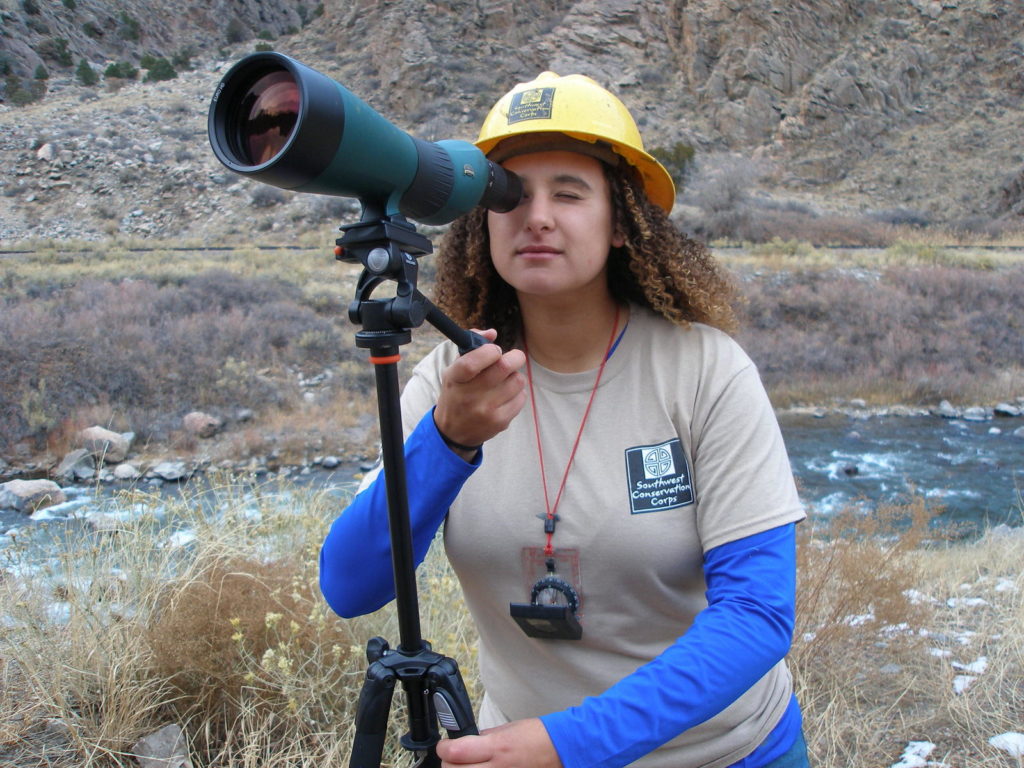Conservation corps have the capacity to execute a broad portfolio of project missions. Our most common project scopes include:
- trail construction and maintenance;
- fence construction and removal;
- fire fuels mitigation and wildland fire suppression;
- invasive species treatment and eradication;
- energy and water conservation;
- and historic preservation.
Corps also collaborate with land management agencies to design and place corpsmembers into internships.
If you have a need outside these categories, we still may be able to partner! Please contact CYCA or your local corps to start a conversation about the variety of projects scopes that we execute.
Trail construction and maintenance
- Pedestrian, single-track, Off-Highway Vehicle and equestrian trails built and maintained
- Projects range from technical high-altitude repairs in sensitive ecosystems to large, ADA-compliant paved trail – and everything in between
- Crews deploy trained and certified chainsaw sawyers to create and clear trail corridor
- Extensive experience in technical trail maintenance including bridge construction, rock work, and elevated tread
- High-profile projects include working on the Continental Divide Trail, Colorado Trail, and a partnership with Colorado Fourteeners Initiative to work on Colorado’s highest peaks
- Corps build and maintain more than 350 miles of trail every year
Where to go from here?
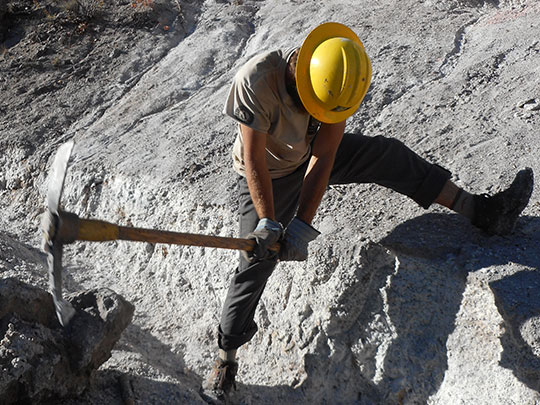
Fence construction and removal
Ability to construct or remove barbwire, round wire, buck-and-rail, and more. Corps are trained to build and repair fences based on land use and zoning requirements.
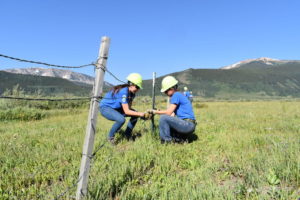
Fire Fuels Mitigation and Wildland Fire Suppression
- ALL corps sawyers are trained and certified in the industry-standard S-212 Wildland Chainsaw Certification – more than 200 sawyers trained every year
- Corps may also offer training and certification in wildland fire suppression via the industry standard S-130/S-190 Basic Wildland Firefighting. These crew members are eligible to be deployed to an incident.
- Typical corps projects include forest thinning in areas vulnerable to wildland fire, creating defensible space around infrastructure, and removing hazard trees from campgrounds and recreation areas.
- Corps crews have removed more than 100,000 hazard trees from fire-threatened eco-systems in the last 3 years
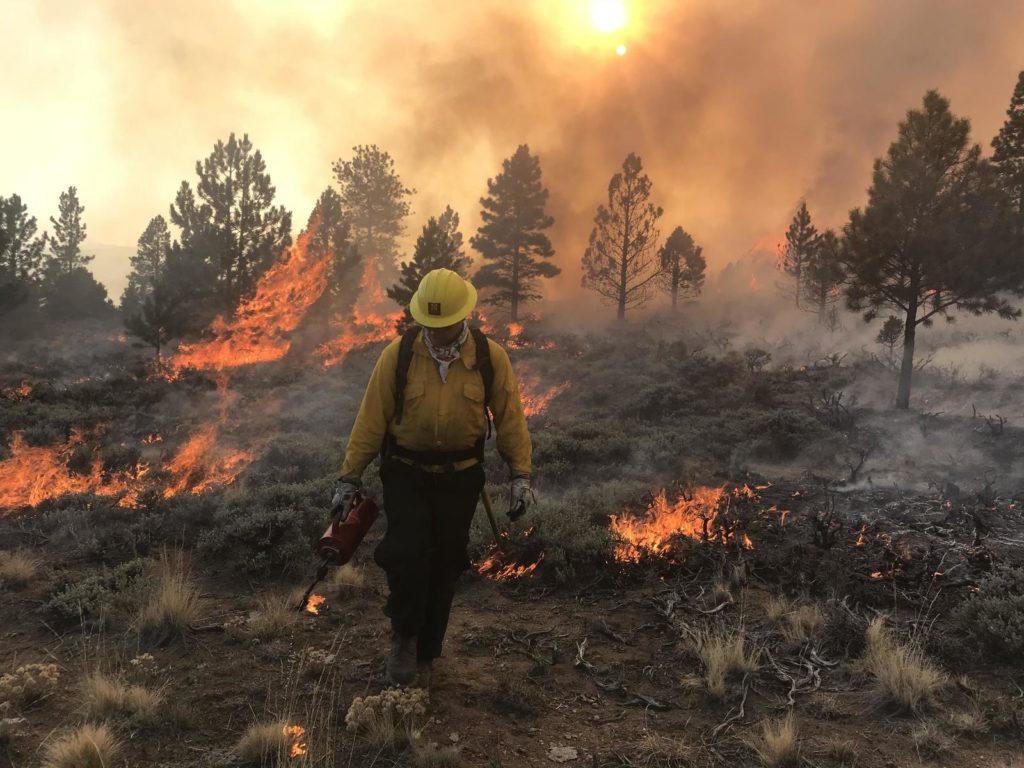
Invasive species treatment and eradication
- 4 corps hold Colorado Department of Agriculture “Commercial Applicator Certificate of License” and employ state-certified Qualified Supervisors. This allows these corps to apply herbicide and pesticide to eradicate invasive species on state and private land. Other corps are able to conduct herbicide application on federal land.
- All corps execute some form of invasive species removal, ranging from hand-pulling noxious weeds to sawyer crews cutting down large non-native tamarisk and Russian olive trees
- To see if your local corps can spray herbicides and pesticides please contact them directly.
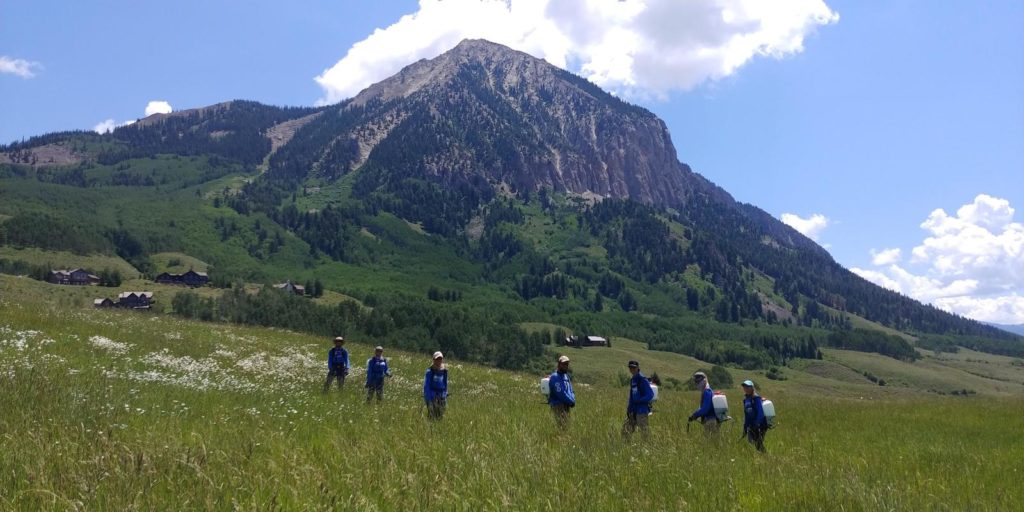
Energy and Water Conservation
- Crews install energy and water efficiency devices in low-income households and nonprofit facilities—free to the residents
- For water conservation: crews install sink aerators, high-efficiency showerheads, and high-efficiency toilets.
- For energy conservation: crews install LED/CFL light bulbs, hot water heater wraps, pipe insulation, weather-stripping, and programmable thermostats
- Residents also receive education on the environmental and financial benefits of conservation
- Clients save, on average, more than $500 annually due to these measures
- In the last decade, more than 400 million gallons of water have been saved and 69 million lbs of CO2 eliminated
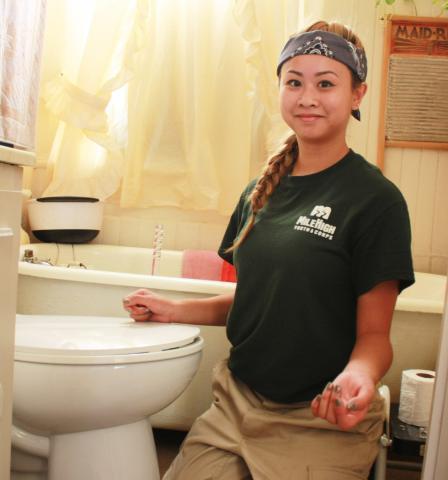
Historic Preservation
- Crews are assigned to both frontcountry and backcountry preservation sites
- Crews are well-trained in the guiding principles and best practices of historic preservation
- Typical project scopes include restoring log structures, all manner of historic roofing, foundations and drainage, chimney repointing, and much more
- Corps have fielded more than 20 crews on 70 historic preservation project weeks over the last decade
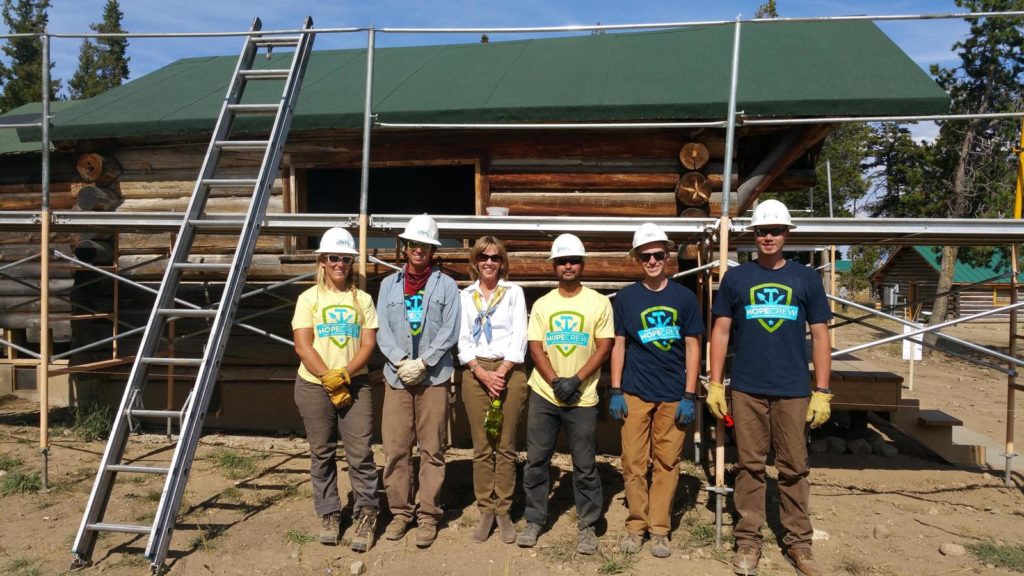
Internships and single-site placements
- Interns serve under the daily mentorship of a hosting public lands management agency or environmental nonprofit
- Participants range from high school students to young professionals
- Internship terms range from 2 months to 2 years for college-enrolled participants
- Internships are designed to allow participants to consider or advance careers in natural resources
- Opportunities are diverse including communications, wilderness inventory, wildlife biology, archaeology, and GIS cartography
- Contact your local corps to see if internships are available
